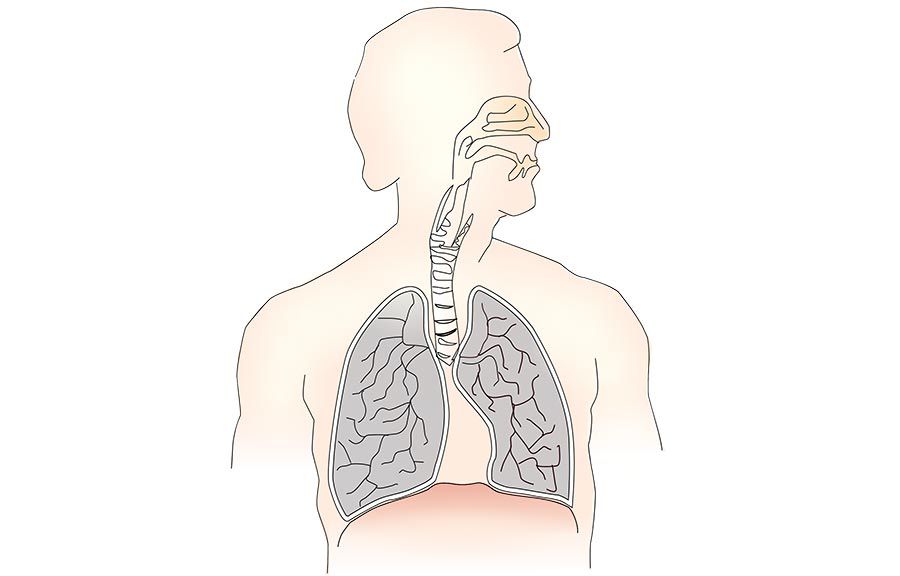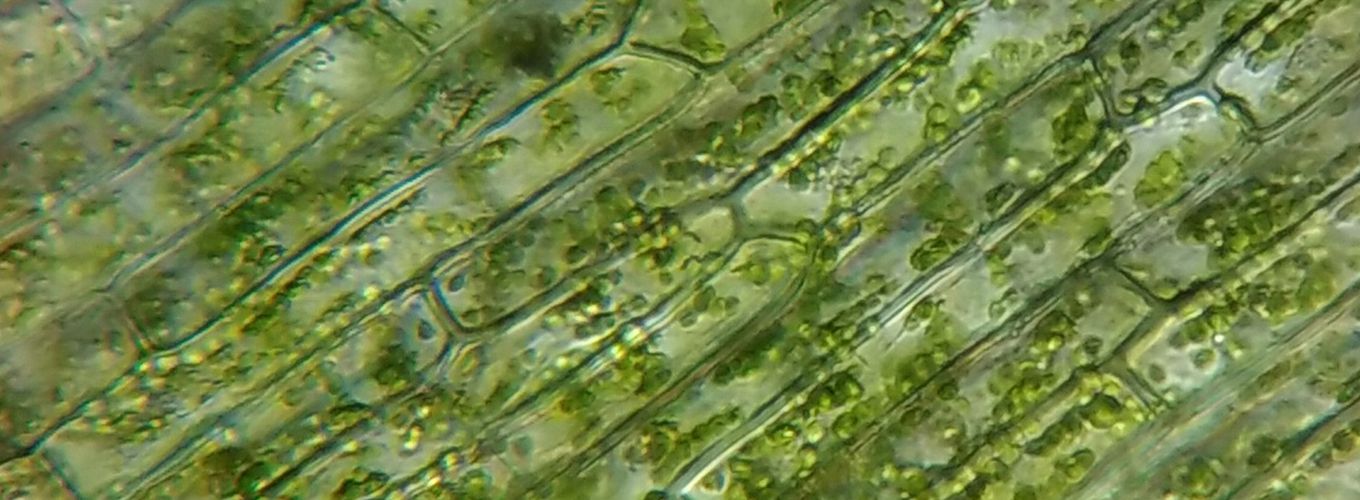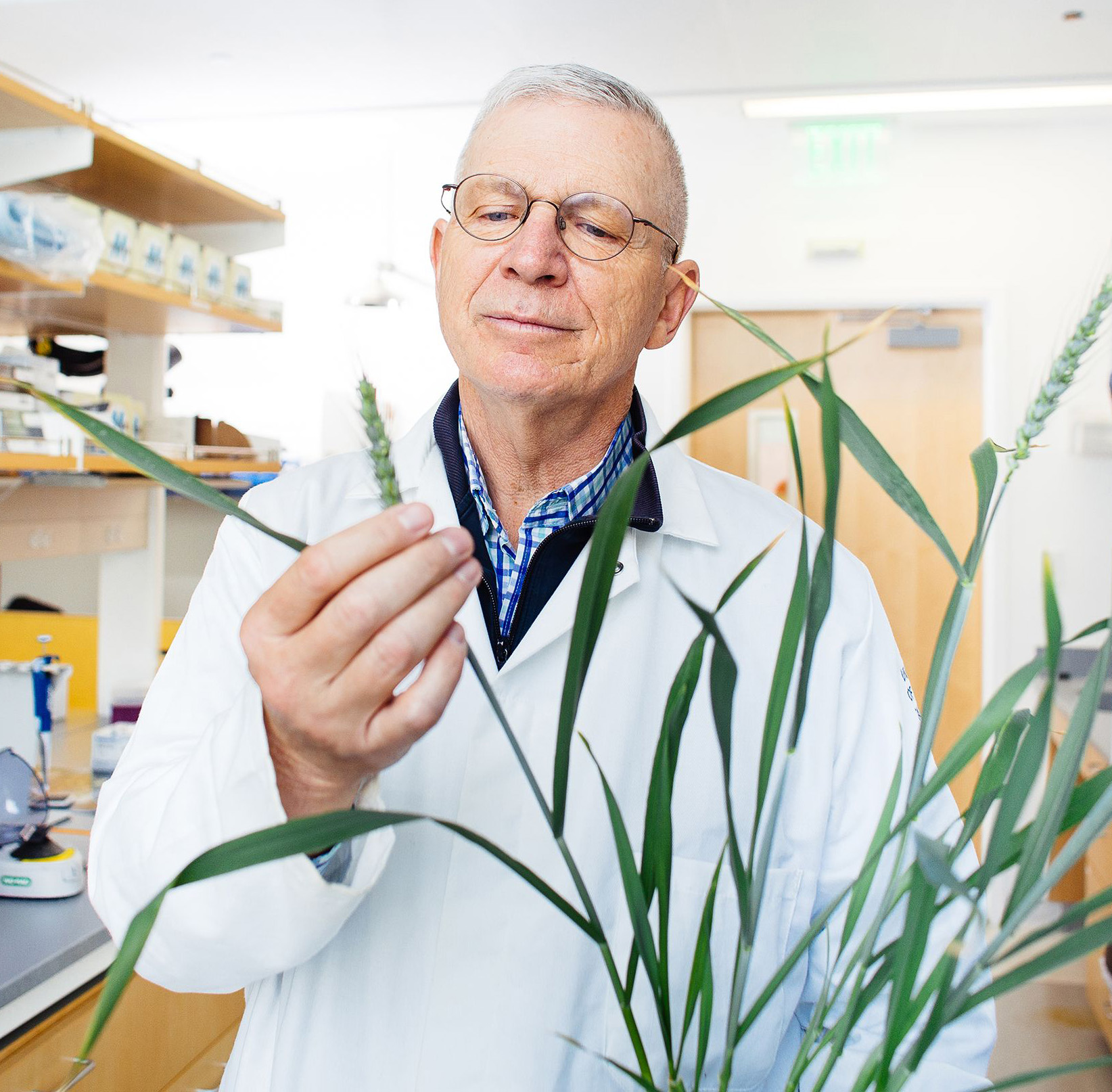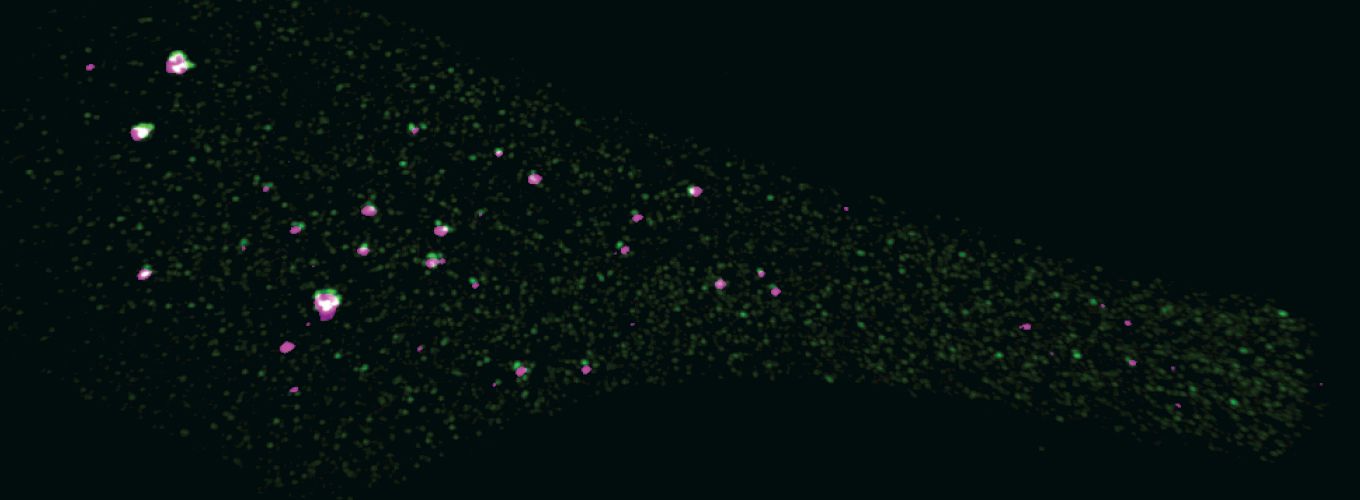Genomics
Institute
Development and engineering of gammaherpesviruses for delivery of CRISPR-Cas9 reagents
We are working to engineer a new viral tool to allow for the stable delivery of large transgenes such as Cas9 to human cells.
SHARE:
Increasing mechanistic understanding of genetic disorders and new, highly modular genome editing technologies has opened the door for numerous opportunities for therapeutic editing of genetic disorders. However, existing viral methods to deliver editing reagents suffer from a variety of drawbacks that limit their efficacy, such as limited delivery capacity, transient expression in dividing cells, and oncogenic potential due to insertional mutagenesis. Here are developing a human gammaherpesvirus (Kaposi’s Sarcoma-associated Herpes Virus; KSHV), as a delivery vector for therapeutic genome editing reagents such as CRISPR. KSHV will allow delivery of large inserts to human cells, and as the viral genome persists through cell divisions without insertion into the host genome, the transgene can be expressed stably without insertional mutagenesis. Furthermore, KSHV genes have a complex transcriptional program, and we will use large-scale functional screens to understand how to manipulate these programs for flexible transcription of the transgene.
This project will begin to explore the use of gammaherpesviruses as vectors for delivery of therapeutic editing reagents, and reveal the possibilities of more complex transcriptional programs for therapeutic transgenes.
Share this project:





















